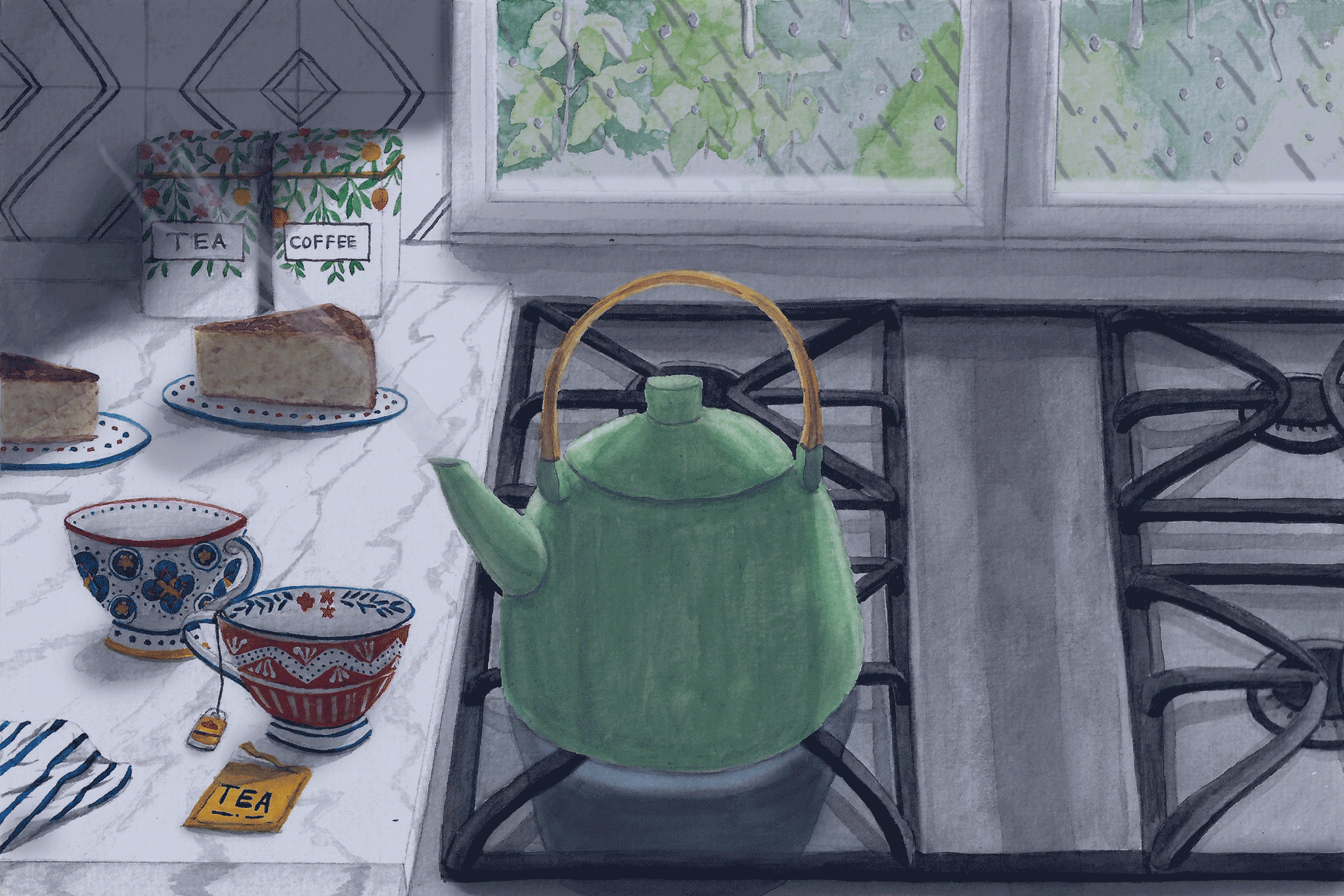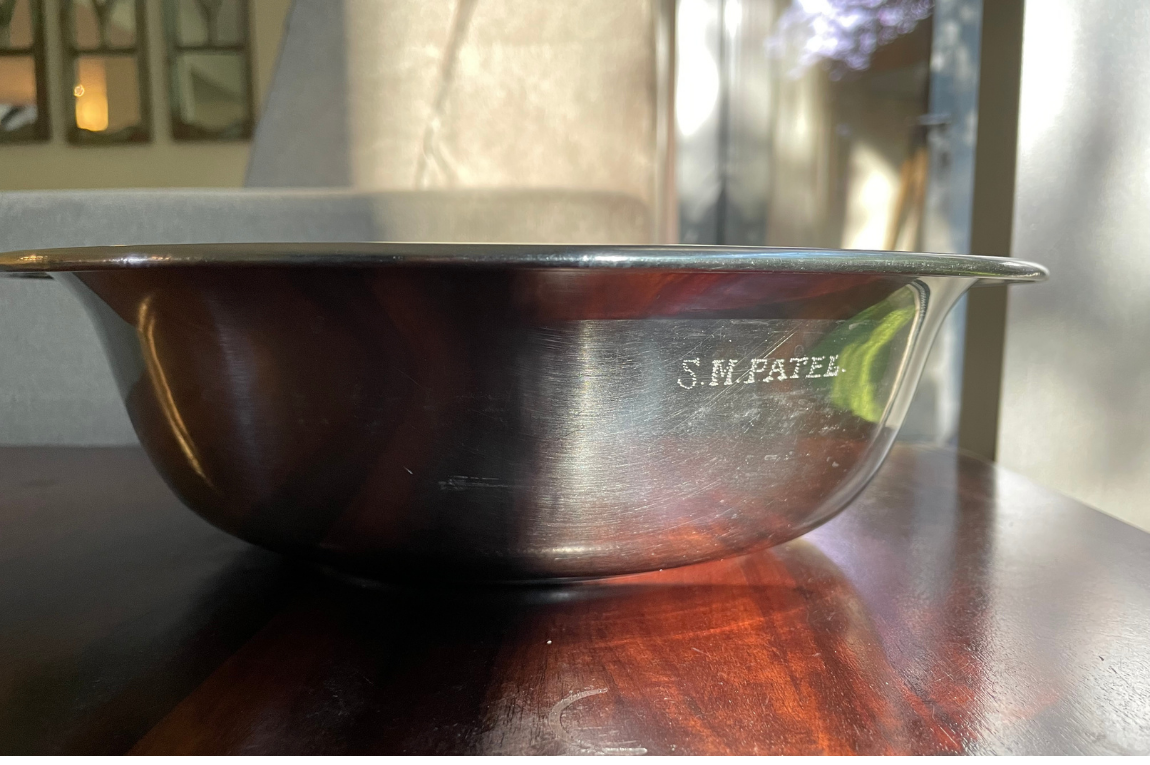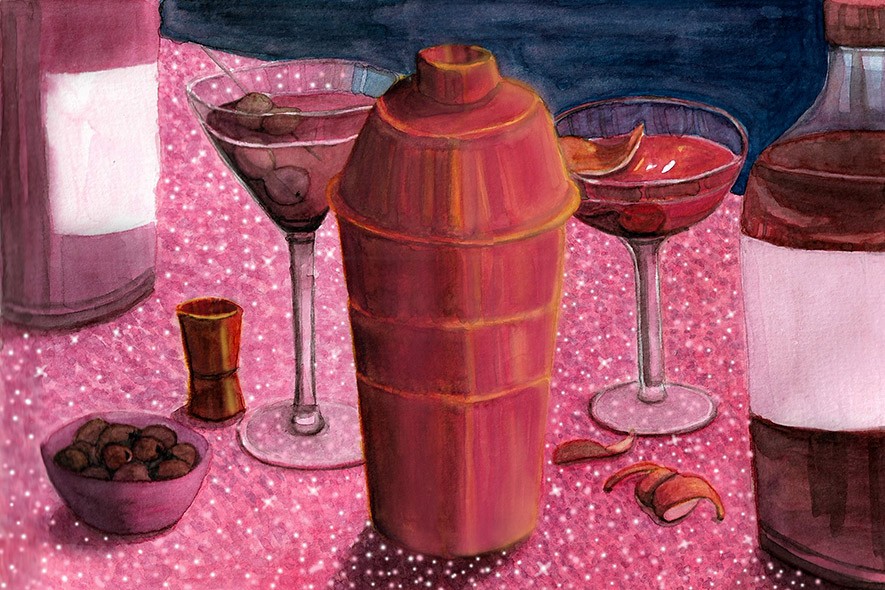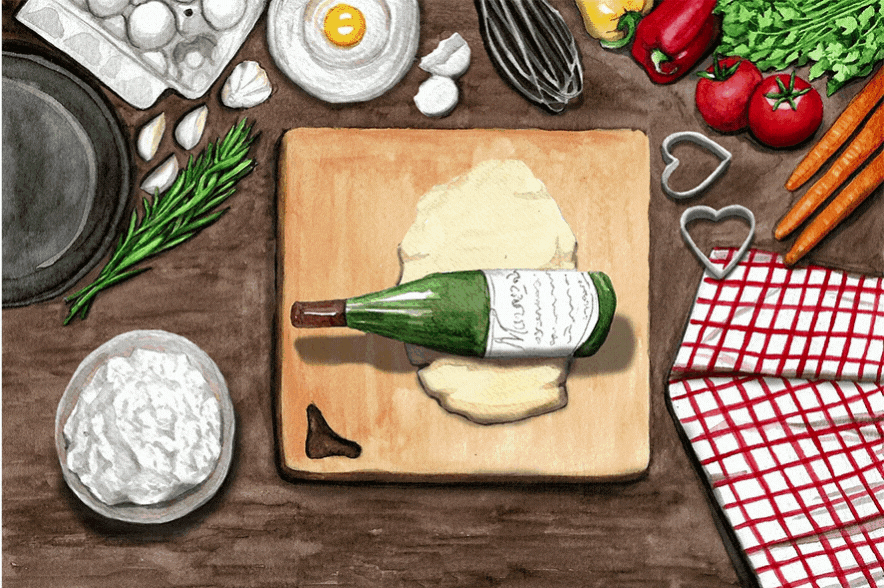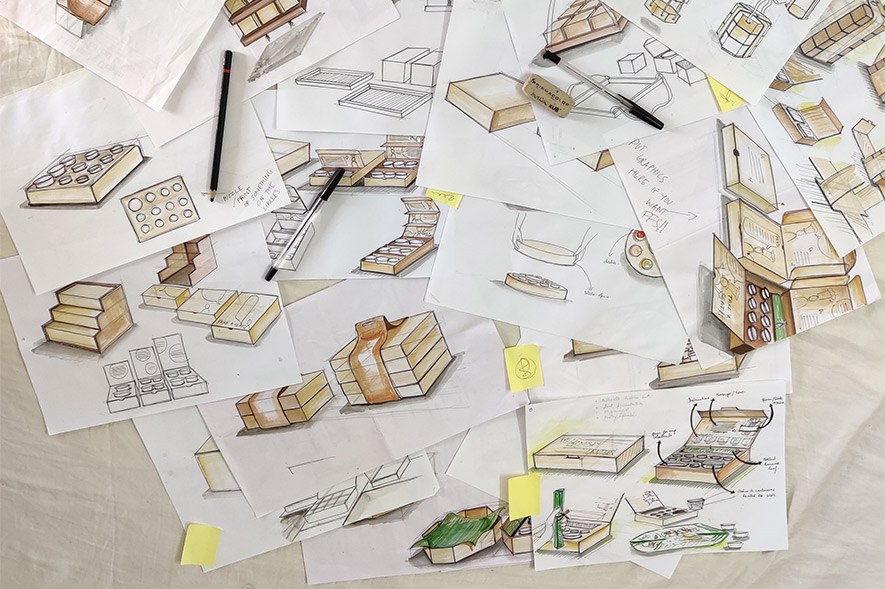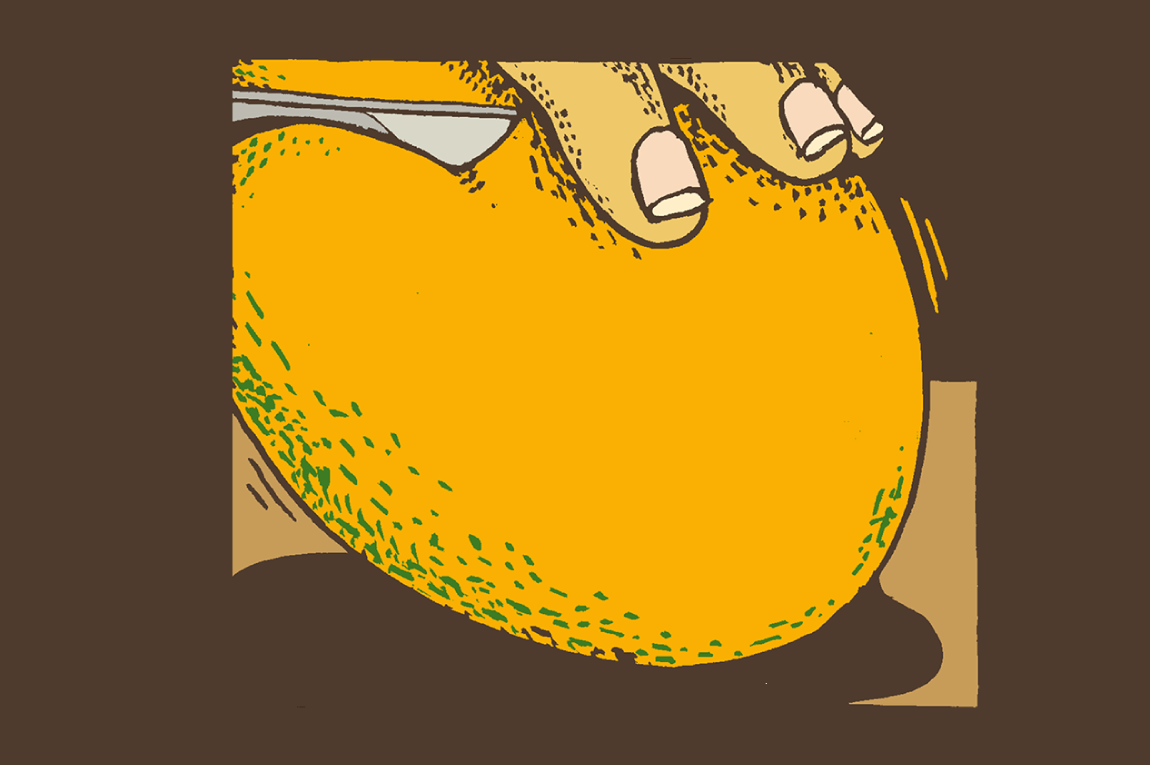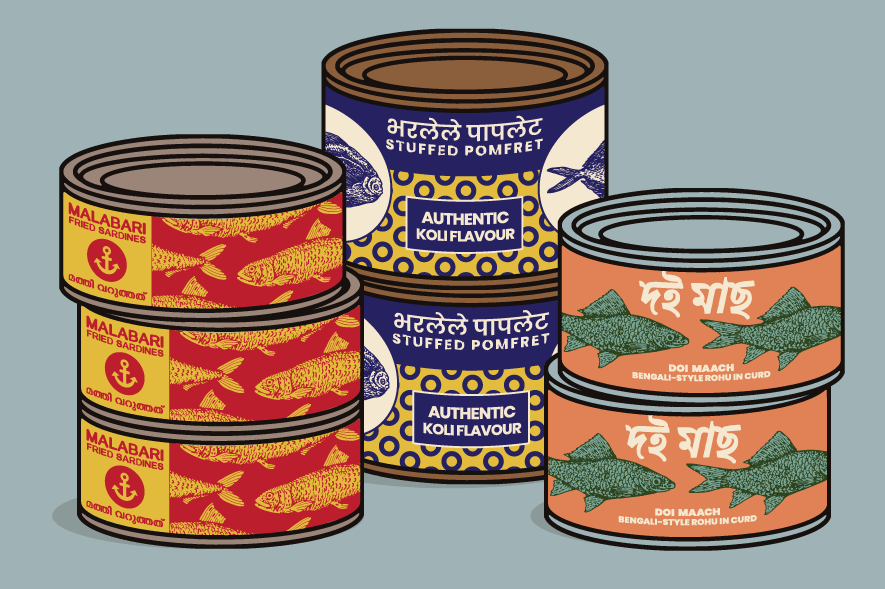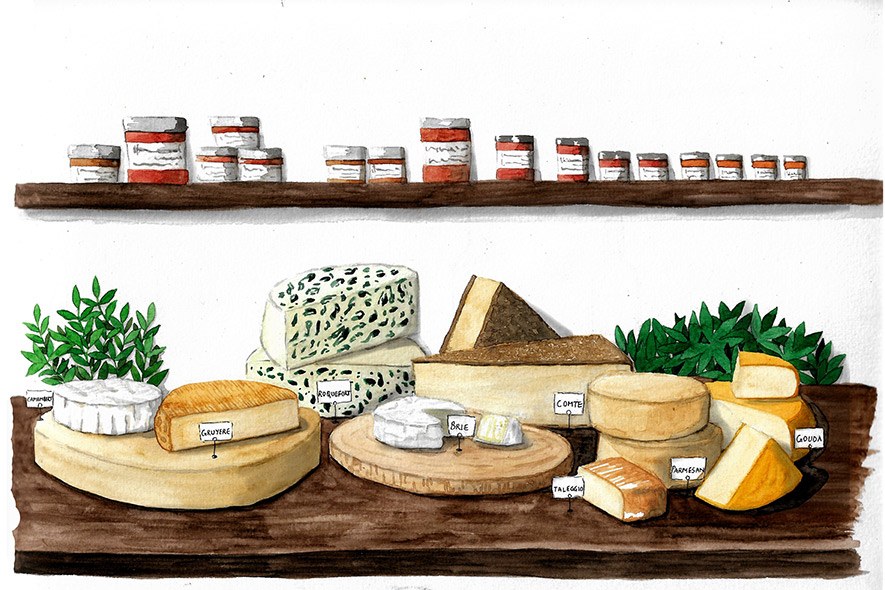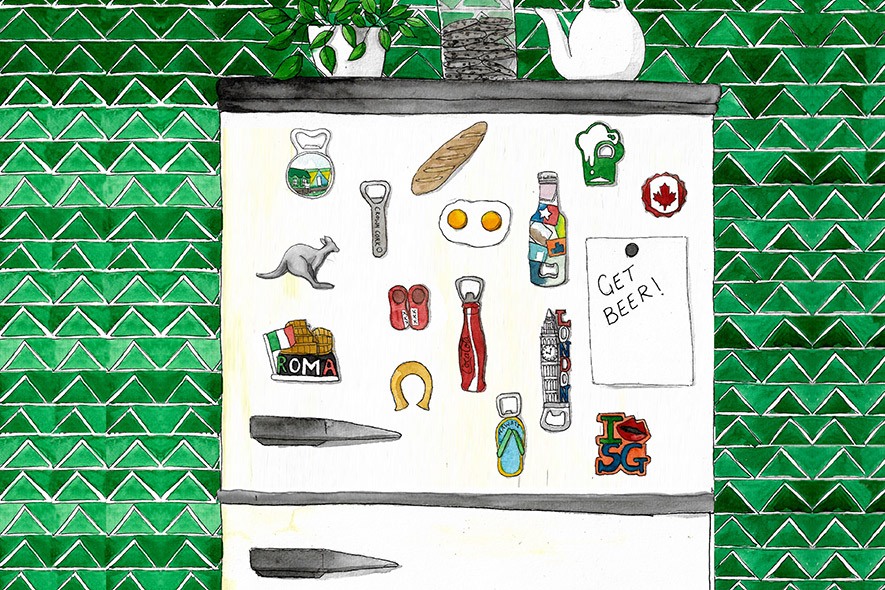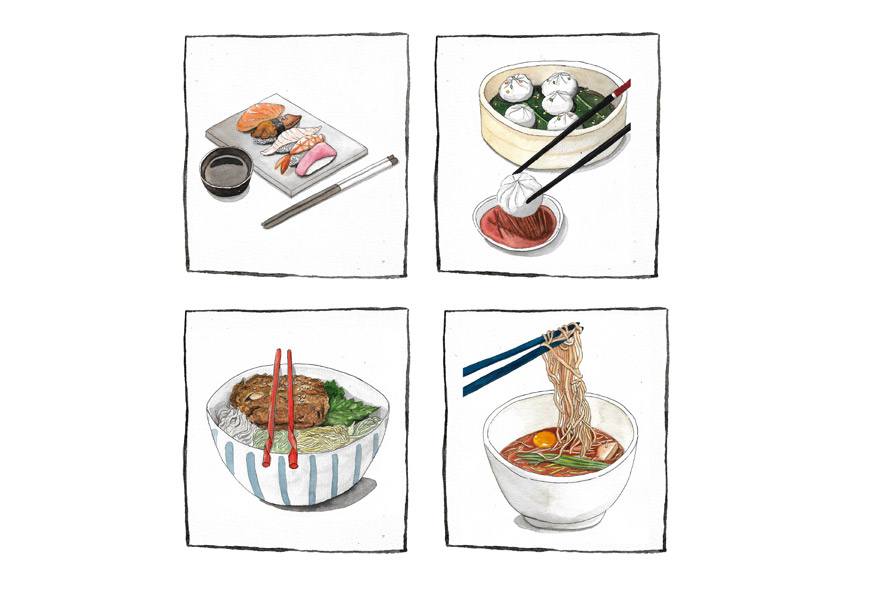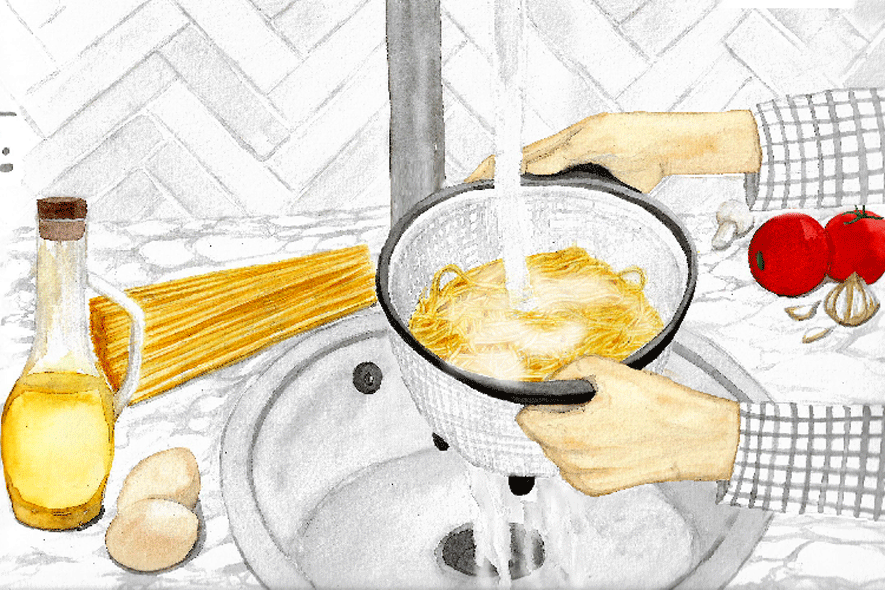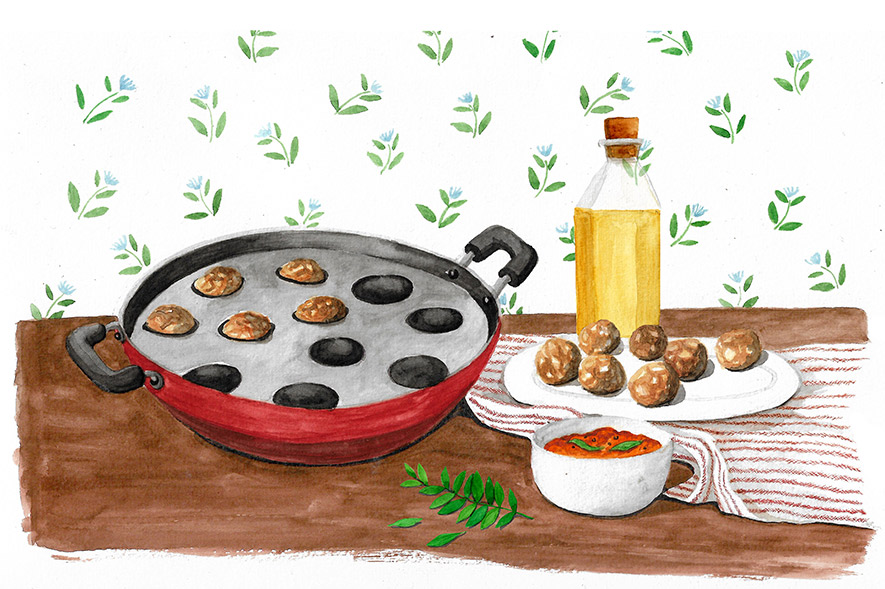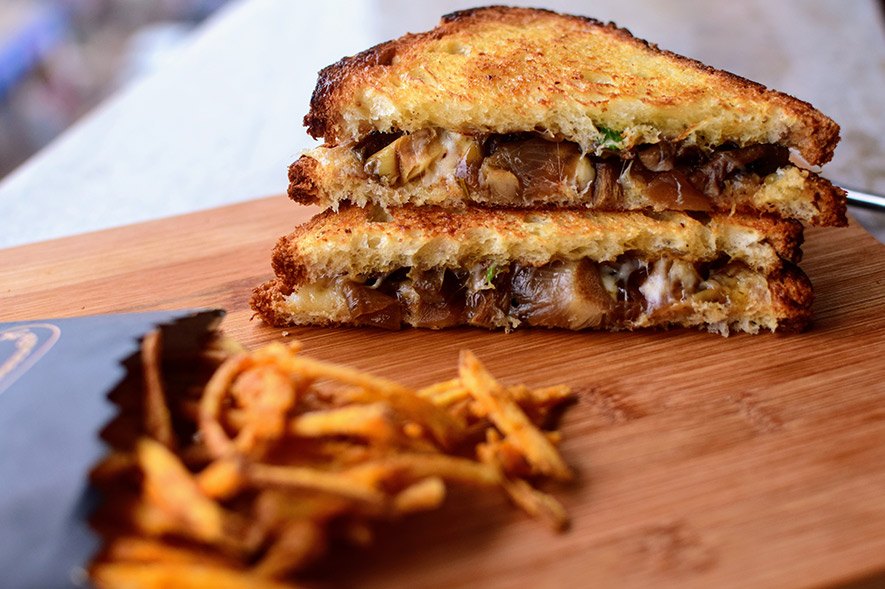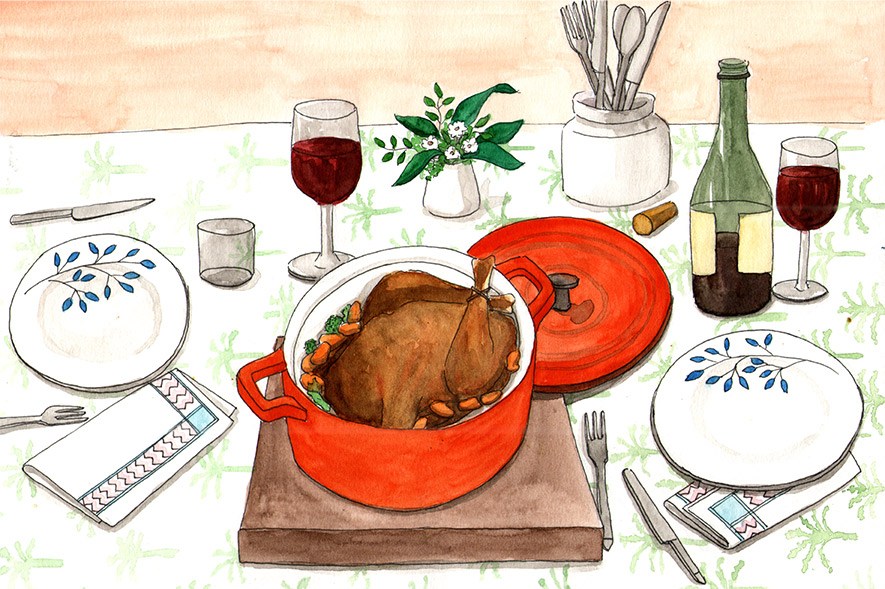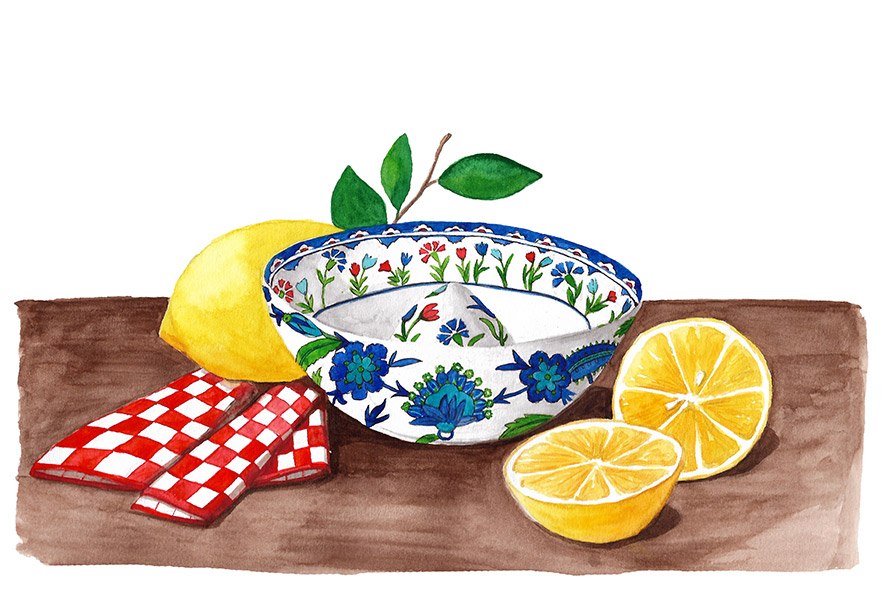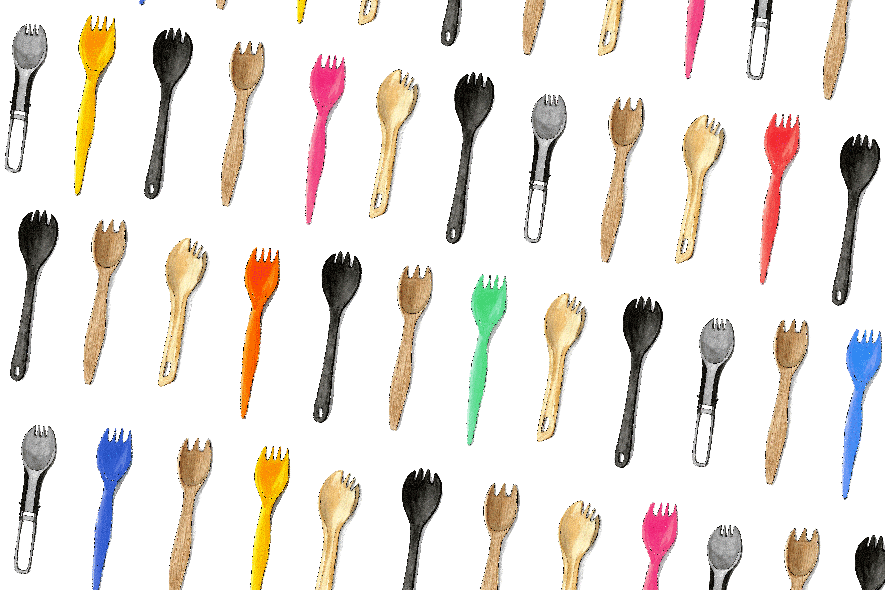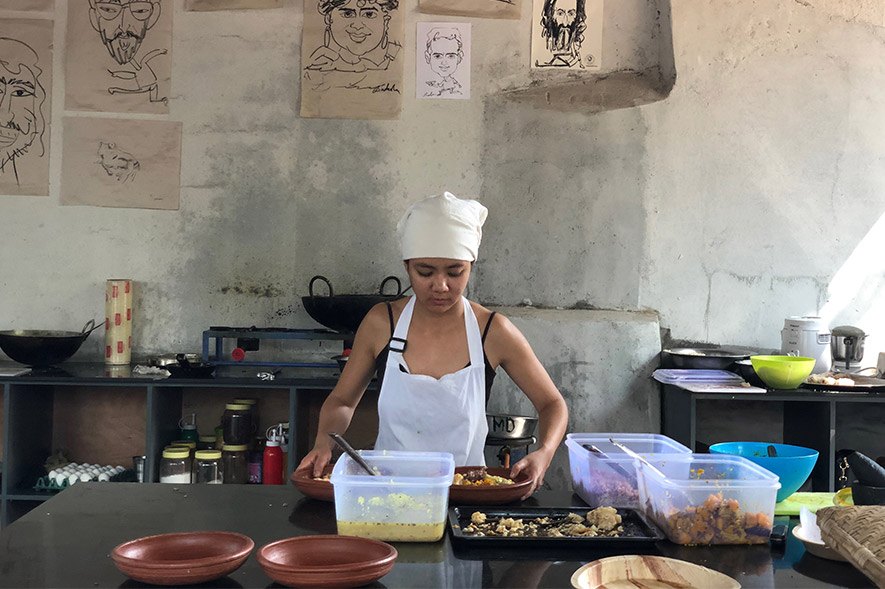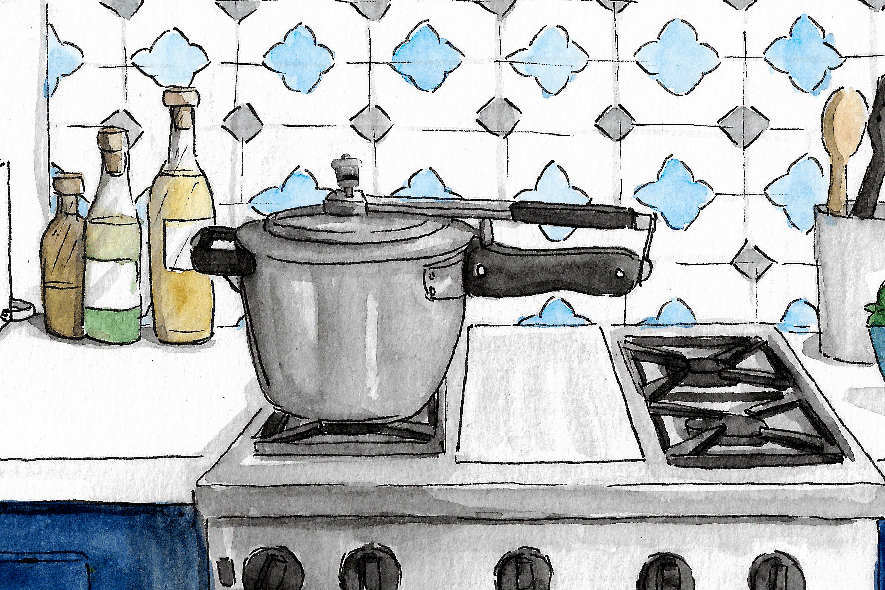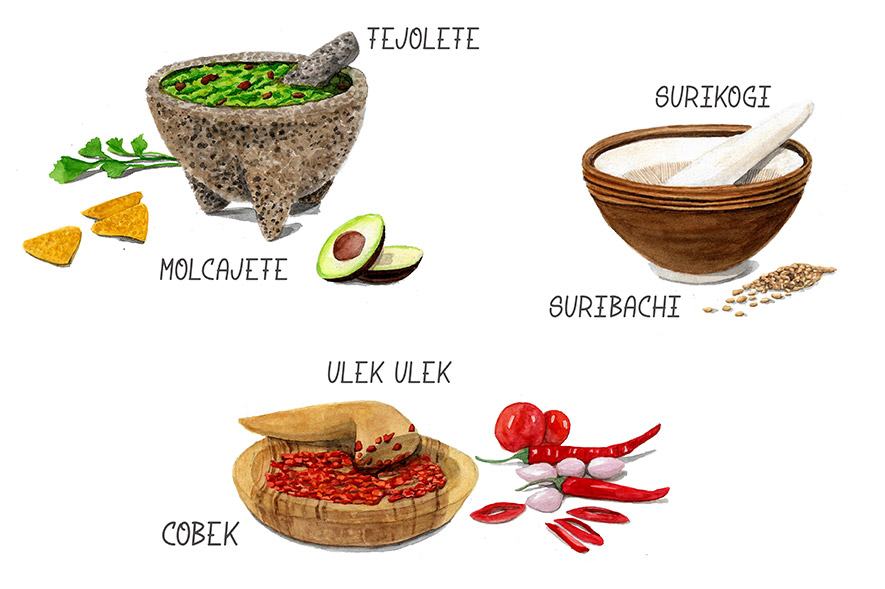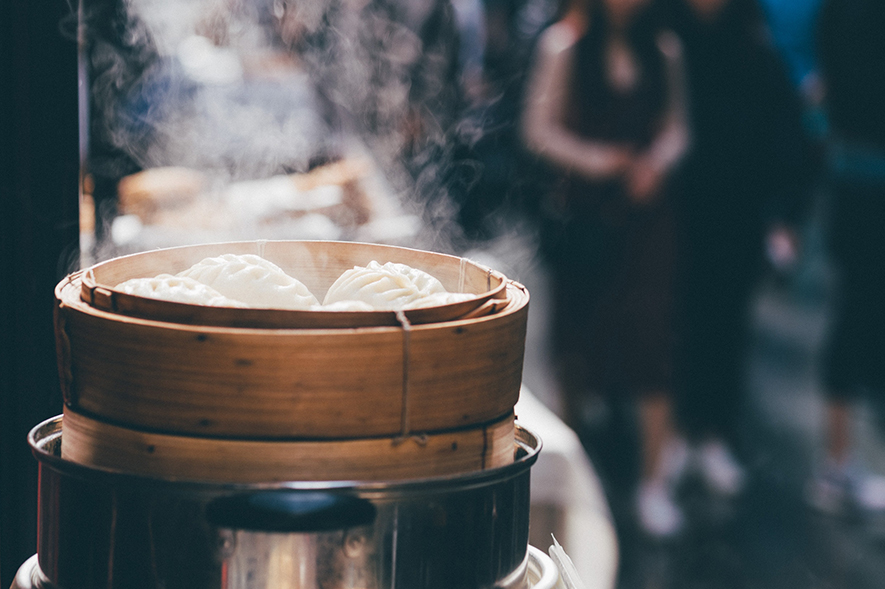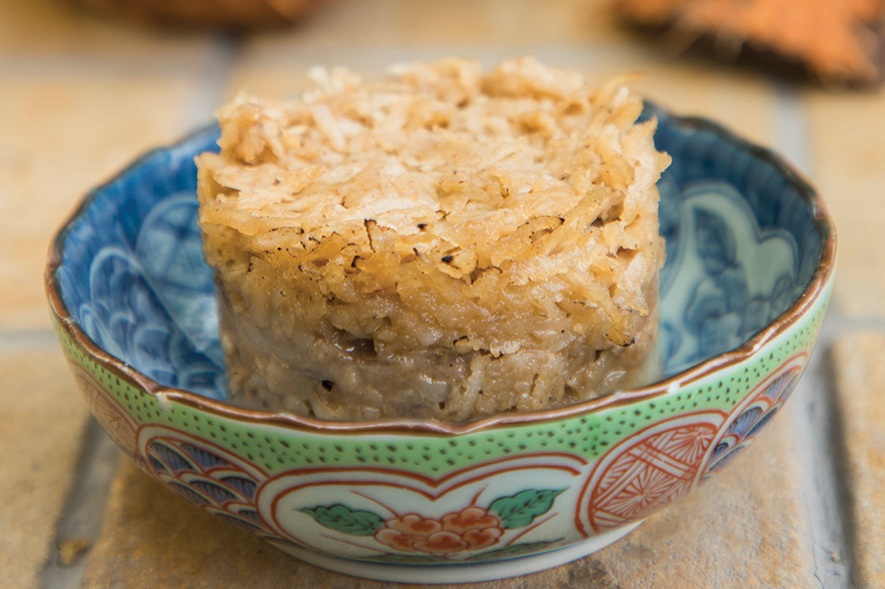Welcome to Pantry-Trippin’, a column in which food writer Roshni Bajaj Sanghvi unearths the cultural connections of cookware and other kitchen paraphernalia from around the world.
We’ve all been told a lie. Much as our physics teachers and textbooks would have liked us to believe it, James Watt did not invent the steam engine. There is no historical data to prove that the sickly (and supposedly idle) lad was inspired by a dancing lid on a tea kettle. The tale we’ve heard was a facile fabrication, made up by James Watt’s son James Watt Jr., because it was an encouraging and fun anecdote to narrate to children at the time. It’s a myth that’s been propagated so well, it once justified parading an astonishingly large yellow kettle, via a crane, through the Scottish port town that Watt was born in.
Watt Sr.’s contribution was profound, because he vastly improved on the 1712 Newcomen atmospheric engine. In his experiments with steam and condensation, he deliberately employed kettles to understand the properties of hot water vapour, and of vacuums, to power early machines.
Watt’s work was clearly not borne of serendipity or idleness. His ubiquitous kettle myth, however, helps us in understanding why these popular water-boiling vessels are so energy efficient, their basic construction unchanged through the ages — a bowl-like container, with a lid, a handle, and a spout. There are few simpler, easier or quicker ways to boil water for a comforting beverage. The lid traps the heat, making the water boil faster; the spout gently releases built-up pressure, and then makes it easier to direct the flow of the water into a brewing vessel; the handle is there for comfort and convenience, eliminating the need for tongs.
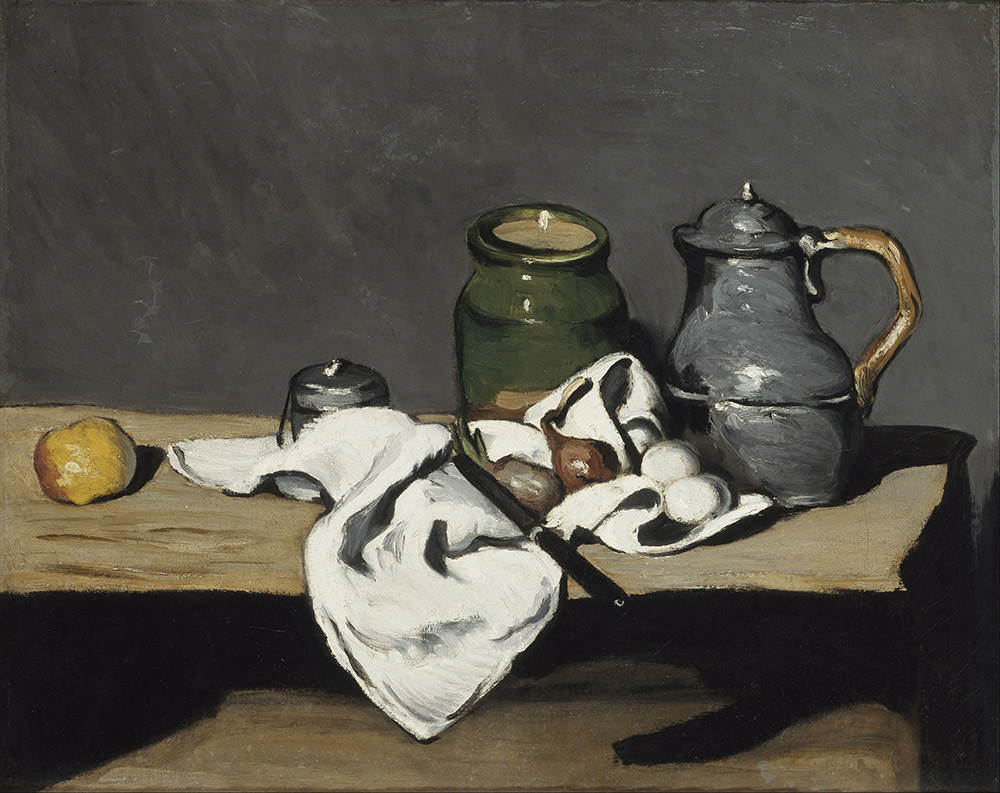
It’s hardly a surprise then that most modern-day hyper-designed kettles — whether they’re telescoped for treks, compressed to look like confections, or contrived into campy cones — can’t do away with these three structural elements that define a vessel invented to heat water. The Pito kettle, among the first household objects designed by the celebrated architect Frank Gehry, has a whistle that sounds like whale song, and two mahogany fish flitting on its mirror-polished steel. The aquatic creatures are in fact a handle and spout. In our age of IoT devices, smart electrical kettles may have Bluetooth connectivity and precise incremental temperature controls, but even Scandi-inspired minimalism can’t shake off their structural basics.
Here’s more proof of the kettle’s immutable design genius. Gehry’s version isn’t an unrecognisable departure from the earliest kettles, first found in archaeological remains from Mesopotamia, approximately 3000 BCE. One of the earliest recipes in the world singularly features a kettle, as a straining device.
A kettle is among the most ubiquitous of kitchen vessels today, found even in the rooms of basic motels and lodges around the world. Structurally synonymous, its varied forms and materials are telling of how cultures and communities ritually drink stimulating and relaxing hot and steeped beverages.
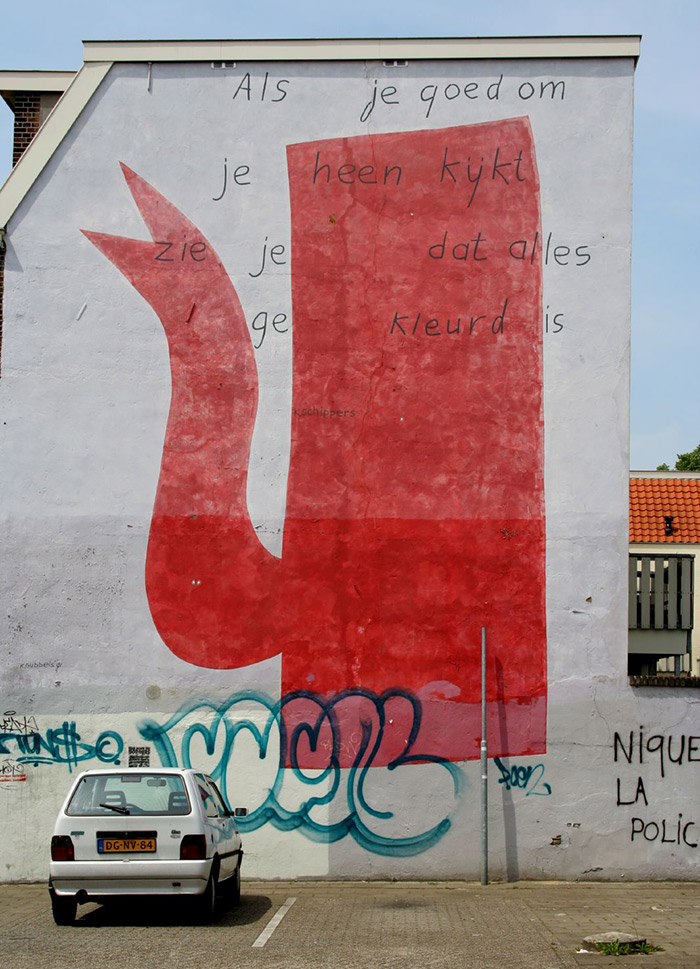
The Russian metal samovar has feet, is large, top-heavy and double-handled. It has a tapped spout at the bottom, a pot for tea at the top, and a tube that runs through its centre which contains burning fuel, traditionally wood or pine cones. Japanese tetsubin are made of cast iron, which is said to fortify the water and smoothen the taste of the tea. The dense metal maintains heat for longer periods. The handle, forged from a single separate piece of tapered or hollow iron attached across the top, is designed to maintain a comfortable temperature even while the water boils inside. American cowboys in the Old West would dangle or sit their big old-fashioned kettles over flames and use them to make barefoot (black) coffee, drunk around the campfire. The grounds would go into the pot, and then, instead of being strained, would be settled using broken eggshells. In Tibetan monasteries, 1000-gallon kettles are used to brew tea made with bricks of dried tea leaves. The strained brew is churned with butter and salt in tea churns that are sunk into the ground, and then poured back into the kettle to keep it warm.
Making tea doesn’t always involve a kettle (as we know it), but here’s an anecdote of how easily we MacGyver one when we don’t have it on hand, because our brewed beverages are essentials. While excavating the four to five millennia-old Harappan archaeological site Dholavira, in Gujarat’s Great Rann of Kutch, archaeologist, professor, and Parsi caterer extraordinaire Kurush Dalal noticed a local man, kindling a cup-sized fire in the sand. On it he set a tiny katori to boil, and tipped in a bit of chai-patti and shakkar. For taza doodh, he caught hold of one of the local goats, and milked it on the spot, straight into the simmering brew, without missing a bleat.
Dalal points out that the kettle’s shape can be found across several other items that are not necessarily used in the kitchen. Some of them are sectioned and have leather stretched across the top, to become the kettledrums of many cultures around the world, including our own mridang, tabla and damaru. He also notes that most Roman oil lamps look like flattened kettles. Kettle helmets are so named for the upturned vessel they evoke.
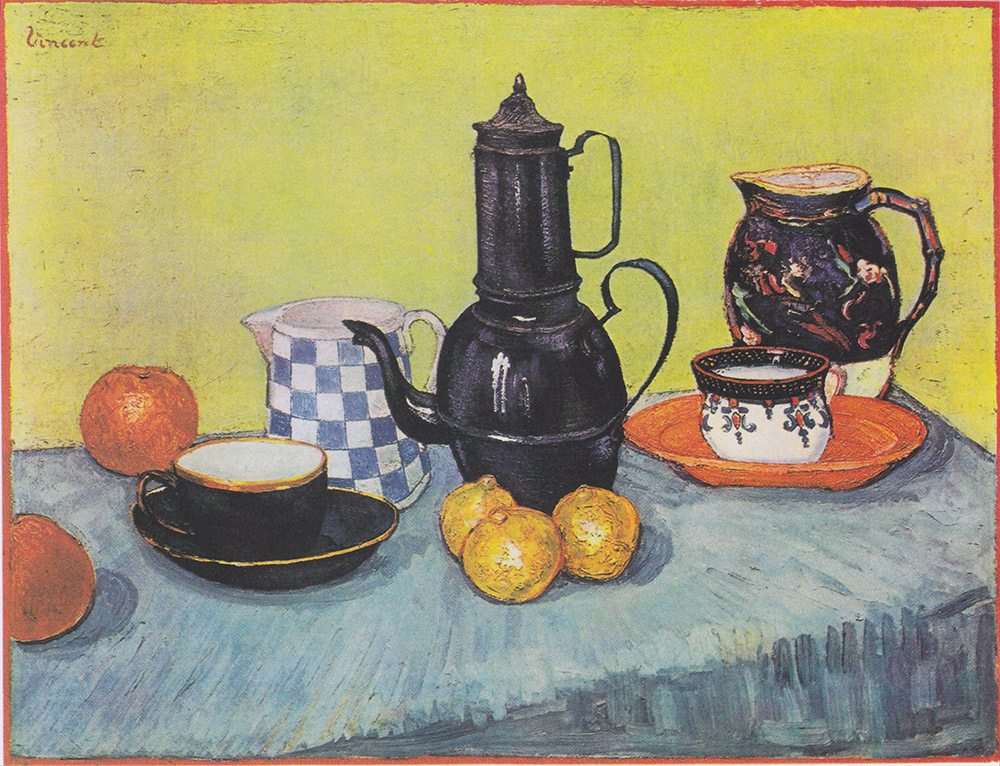
In our search for unusual kettle-shaped things, it’s not the many lamps, trays, and water bottles that were amusing, not as much as this handbag, or this lighter. One designer has used the kettle’s design to void the most cumbersome bit of dehumidifiers.
We’ve evidently tinkered plenty with the kettle’s design. Here’s one re-jig that’s truly astounding. Designed by Japanese firm Tiger Corporation, the Wakuko looks like an ordinary electric kettle, except that it’s steamless. Its trick lies in a ‘steam catcher’ that condenses steam into water droplets, to prevent burn injuries from accidental steam exposure. It also boils a cup of water in about 45 seconds. As kettles go, Watt might have marvelled — this one’s an absolute joule.
Roshni Bajaj Sanghvi, a graduate of the French Culinary Institute (now International Culinary Centre) in NYC, lives in Mumbai and writes mostly about food and travel for many a publication. She’s a contributing editor at Vogue magazine, and her words have also been found in Condé Nast Traveller, Mint Lounge, Scroll.in, The Hindu, Saveur, The Guardian, and Travel + Leisure, among others. She’s crazy about obscure ingredients, and she always knows where to go back for seconds. You can find her on Instagram and Twitter at @roshnibajaj.
Shawn D’Souza is a textile designer who moonlights as an illustrator. He draws as a way of understanding his surroundings better. He is on Instagram as @dsouza_ee.
Tell us what you think? Drop us a line.
